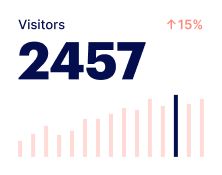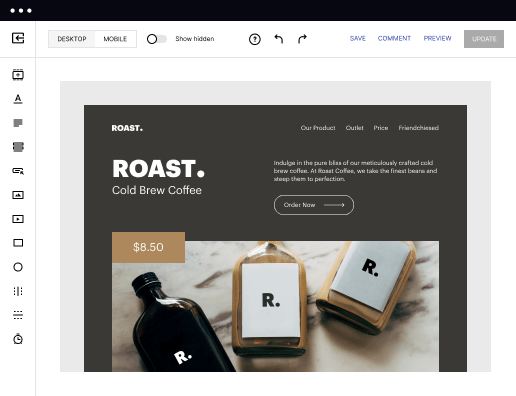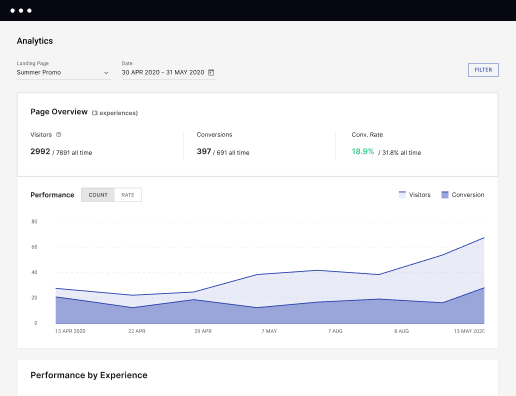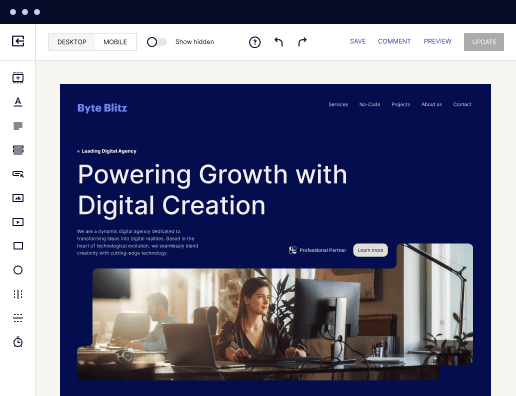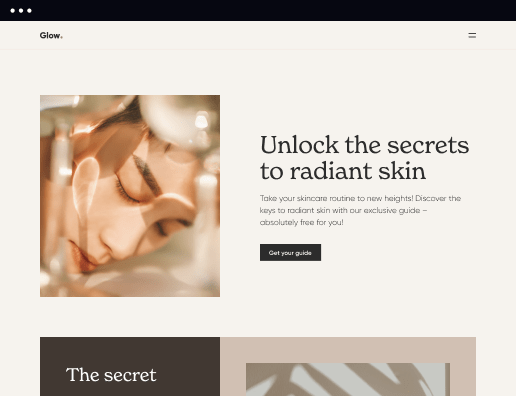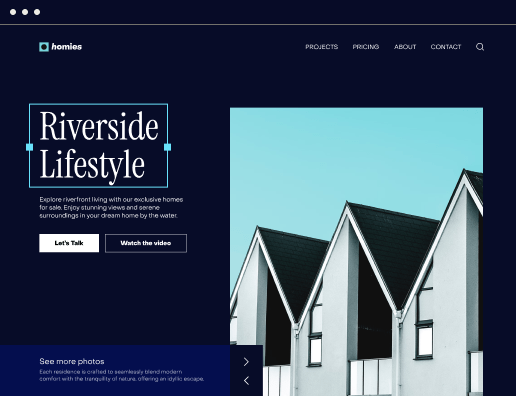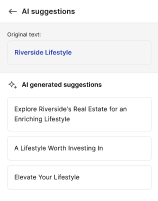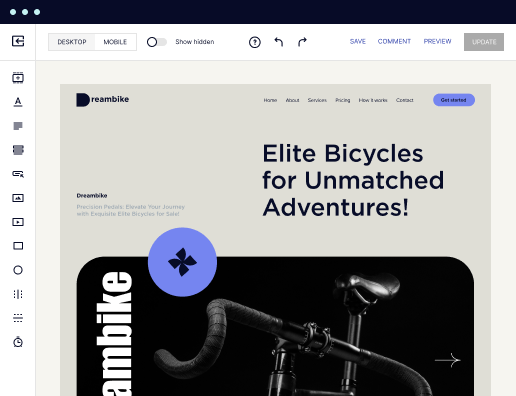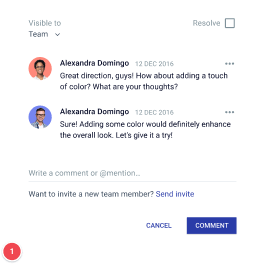Make your heatmap page optimized for Chromebook
Instapage empowers you to slash costs, skyrocket conversions, and deliver tailored experiences on Chromebook.
Create effective heatmap pages on your Chromebook with Instapage
Leveraging Instapage's capabilities makes it easier for marketers to create engaging landing pages optimized for conversions. In this guide, we will illustrate how to make your heatmap page on Chromebook, utilizing Instapage's tools for a smooth experience tailored for the U.S. market.
Understanding the Importance of Heatmaps
Heatmaps provide vital insights into user interactions on your landing pages. They showcase where users click, scroll, and hover, enabling marketers to understand on-page behavior. This knowledge helps you to refine your marketing strategies and improve customer engagement by emphasizing content placement and design changes based on real-time analytics.
- Improved User Experience: Gain insights on how users interact with your content, helping to create a better user journey.
- Data-Driven Decisions: Make adjustments based on the actual user behavior observed through heatmaps.
- Enhanced Conversion Rates: Optimize layouts and designs to align with user preferences and behaviors.
Step 1: Setting Up Your Instapage Account
To create a heatmap page, start by signing into Instapage on your Chromebook. The platform's user-friendly interface means you won't need coding skills to navigate effectively.
- Create a New Project: Click on 'New Project' and select a template that fits your brand, which you can customize.
- Utilize Instablocks: Access the library of pre-designed blocks that you can drag and drop into your page layout.
- Preview Live Edits: Ensure your changes are perfect by previewing them in real-time.
Step 2: Integrating Heatmaps for Optimization
Once your page is set up, the next step involves integrating heatmap capabilities. Instapage offers built-in tools to track user engagement across your pages, ensuring you have solid data for future enhancements.
- Access Data Insights: Use the analytics dashboard to view heatmap data over time and identify trends or recurring patterns.
- Conduct A/B Testing: Compare different versions of your page to see which elements drive more engagement.
- Employ Dynamic Text Replacement: Tailor messages based on user segments to increase relevance and conversions.
Step 3: Analyzing and Iterating
After gathering data from your heatmap, it's crucial to analyze the results. Look for behavioral patterns, and adjust your landing page accordingly. This iterative process helps foster customer loyalty and improves overall engagement.
- Identify Areas for Improvement: Focus on sections with low engagement and strategize changes.
- Implement Recommendations: Utilize the data insights to enhance content, design, and calls to action.
- Measure Performance: Continuously monitor how changes impact user interaction and conversion rates.
With these steps, making your heatmap page on Chromebook becomes a straightforward process that can significantly enhance your marketing strategies.
Get started with Instapage today and bring your landing pages to life. Optimize, personalize, and innovate to see tangible results in your conversion rates!
Get more out of Make your heatmap page on Chromebook
Improve your Quality Score with quick load technology for landing pages
Increase conversions with content that aligns with your ads and audiences
Achieve maximum ROI by scaling your marketing initiatives
Leading the way in building high-performing landing pages





FAQs
See how to make your heatmap page on chromebook in action
Ready to skyrocket conversions?
Supercharge your ad campaigns with high-performing landing pages.
Get started
